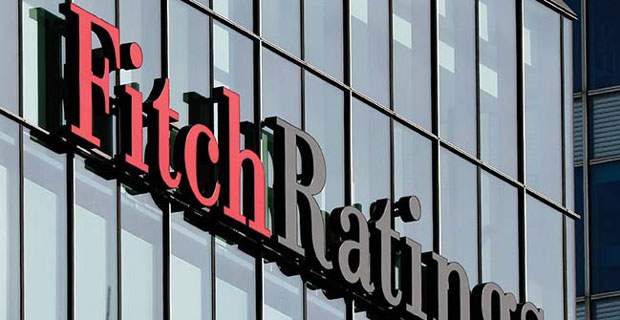Global ratings agency Fitch Ratings in December ...
Further, Fitch Ratings kept India’s credit worthiness indicated by its Long-Term Foreign-Currency Issuer Default Rating (IDR) unchanged at ‘BBB-’, stating that India’s growth outlook was stable. The agency said that India’s rating balances on a still strong medium-term growth outlook, compared to ‘BBB’ category of peers, and relative external resilience stemming from solid foreign-reserve buffers against high public debt, a weak financial sector and some lagging structural factors, including governance indicators and GDP per capita.
India’s growth outlook still strong compared to peers: Fitch Fitch Ratings in December kept India’s credit worthiness indicated by its Long-Term Foreign-Currency Issuer Default Rating (IDR) unchanged at ‘BBB-’ stating that India’s growth outlook was stable. The agency said that India’s rating balances a still strong medium-term growth outlook, compared with ‘BBB’ category peers, and relative external resilience stemming from solid foreign-reserve buffers against high public debt, a weak financial sector and some lagging structural factors, including governance indicators and GDP per capita. “Our outlook on India’s GDP growth is still solid against that of peers, even though growth has decelerated significantly over the past few quarters, mainly due to domestic factors, in particular a squeeze in credit availability from non-banking financial companies (NBFC) and deterioration in business and consumer confidence,” Fitch said. Fitch expects India’s growth to slow to 4.6 per cent per cent in the financial year ending March 2020 (FY20), from 6.8 per cent in FY19, which is still higher than the ‘BBB’ median of 2.8 per cent. “We expect growth to gradually recover to 5.6 per cent in FY21 and 6.5 per cent in FY22 with support from easing monetary and fiscal policy and structural measures that may also support growth over the medium term,” the Fitch report said. “The affirmation of the ratings incorporates our expectation of moderate fiscal slippage relative to the central government’s deficit target of 3.3 per cent of GDP in FY20. The government is again facing a trade-off between stimulating the economy and reducing the deficit in the medium term. Some fiscal slippage has occurred in recent years against government targets, even during periods of sustained stronger growth,” it added.
“The affirmation of the ratings incorporates our expectation of moderate fiscal slippage relative to the Central government’s fiscal deficit target of 3.3 per cent of GDP in FY20,” the report said. “The government is again facing a trade-off between stimulating the economy and reducing the deficit in the medium term. Some fiscal slippage has occurred in recent years against government targets, even during periods of sustained stronger growth,” it added.











Comments.